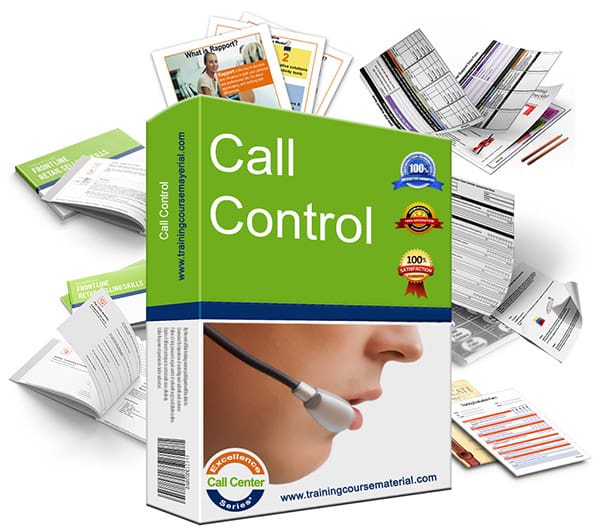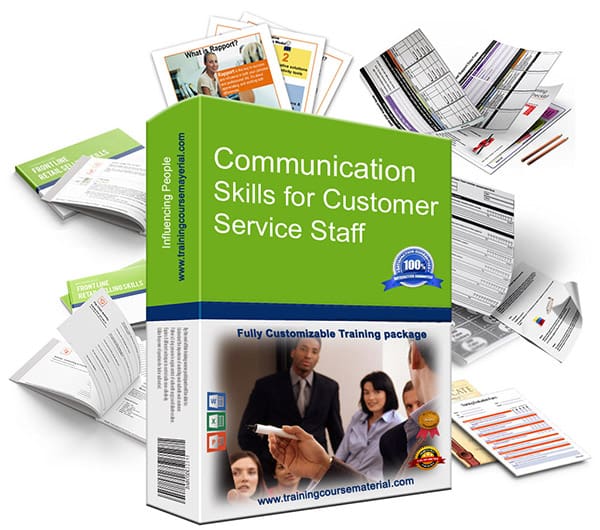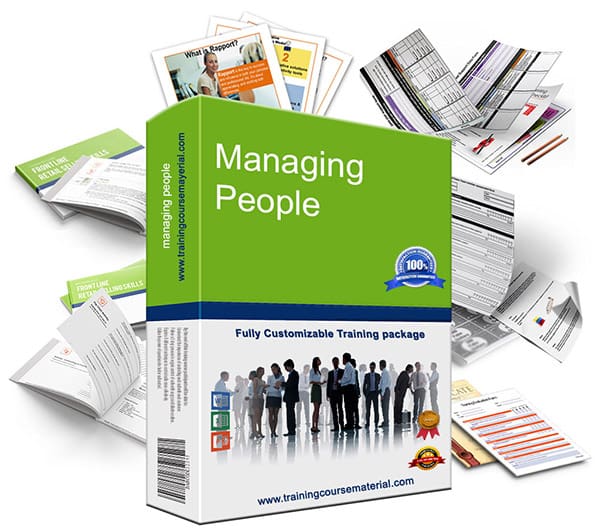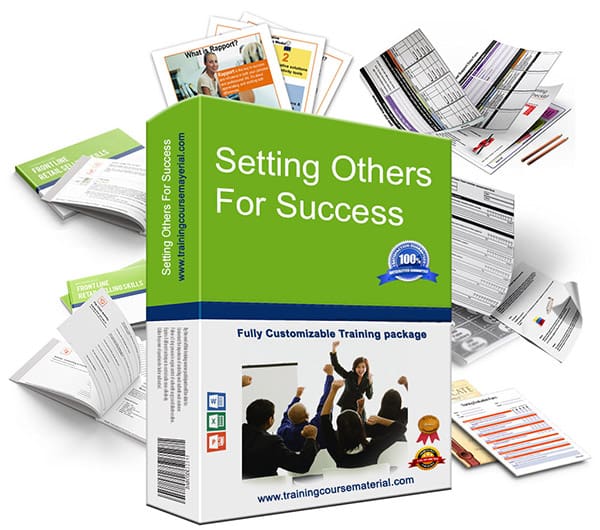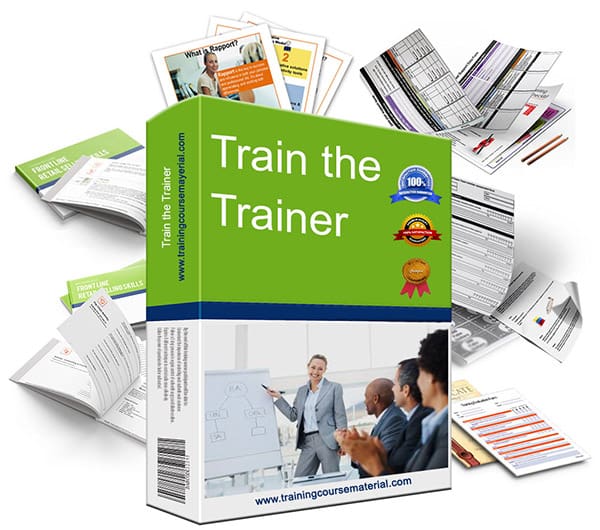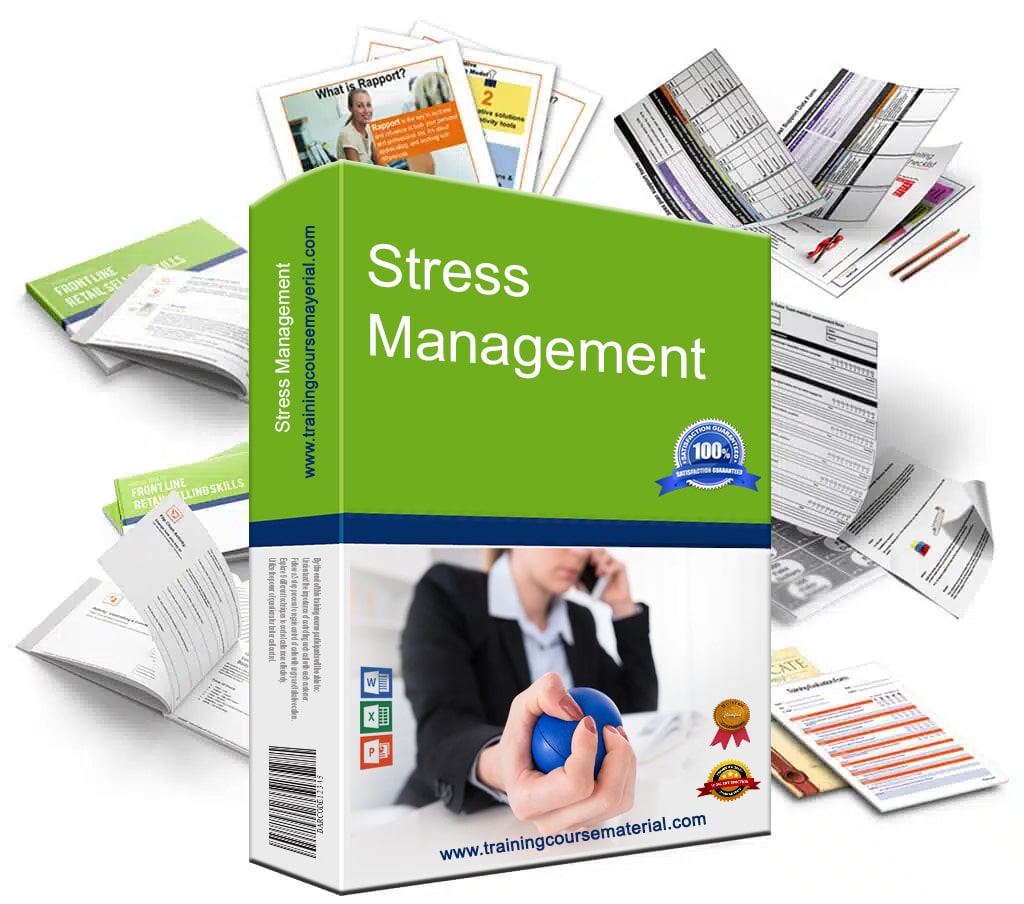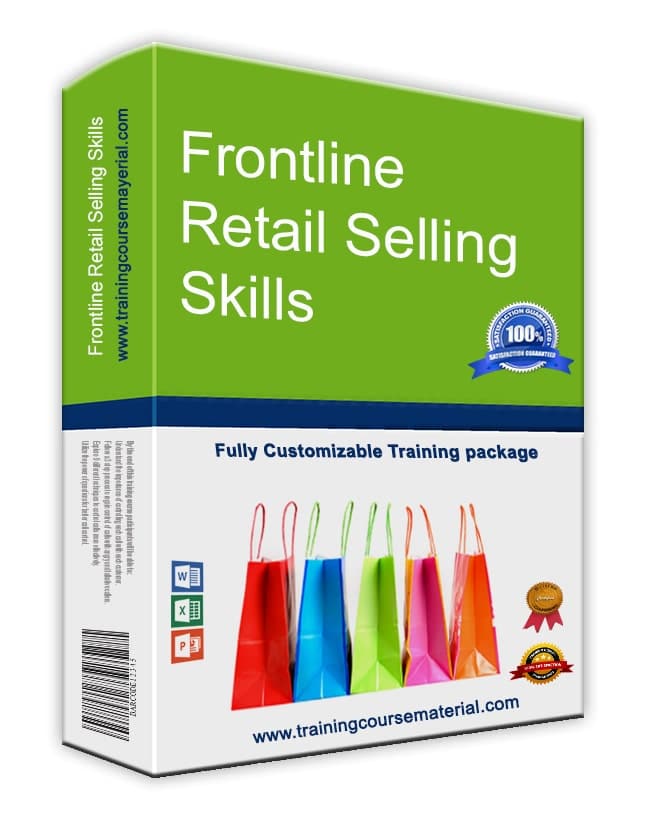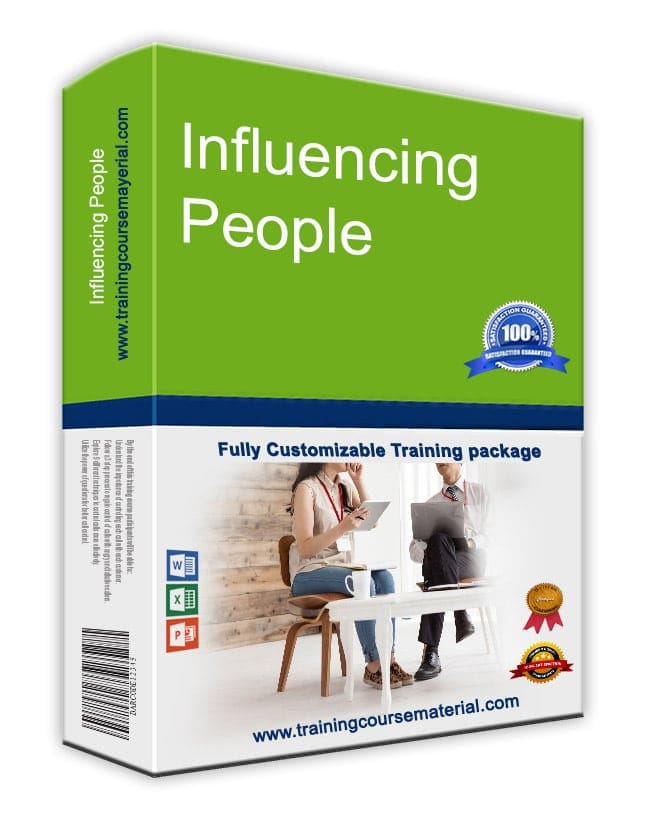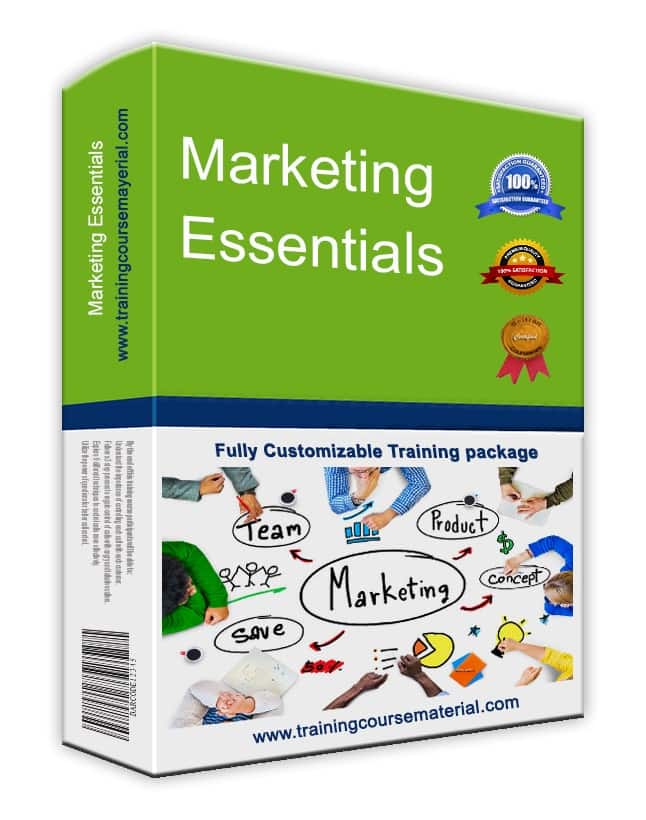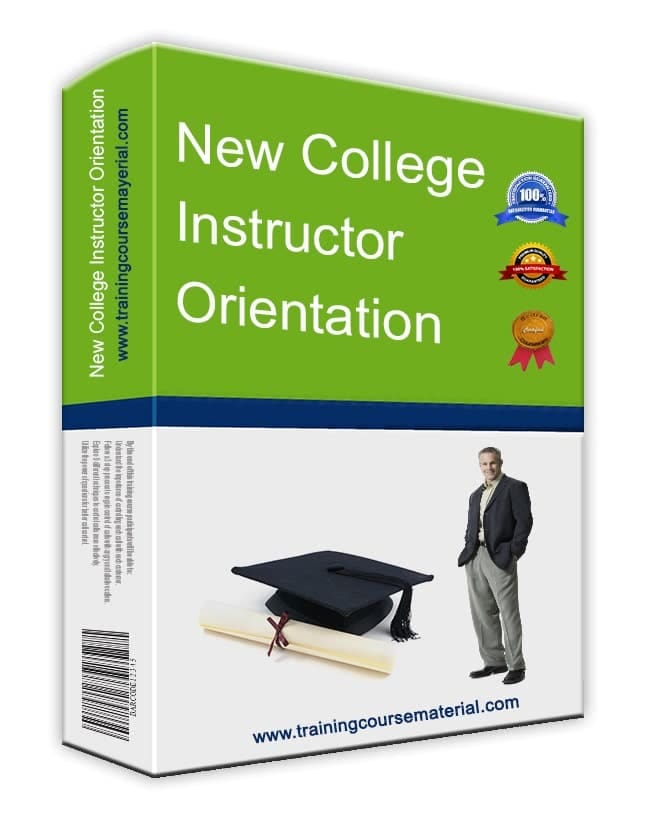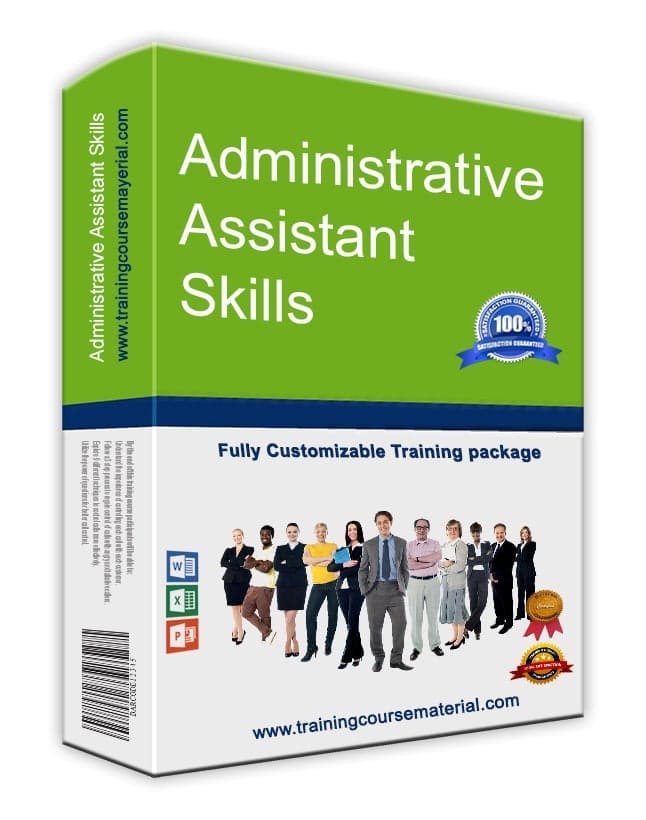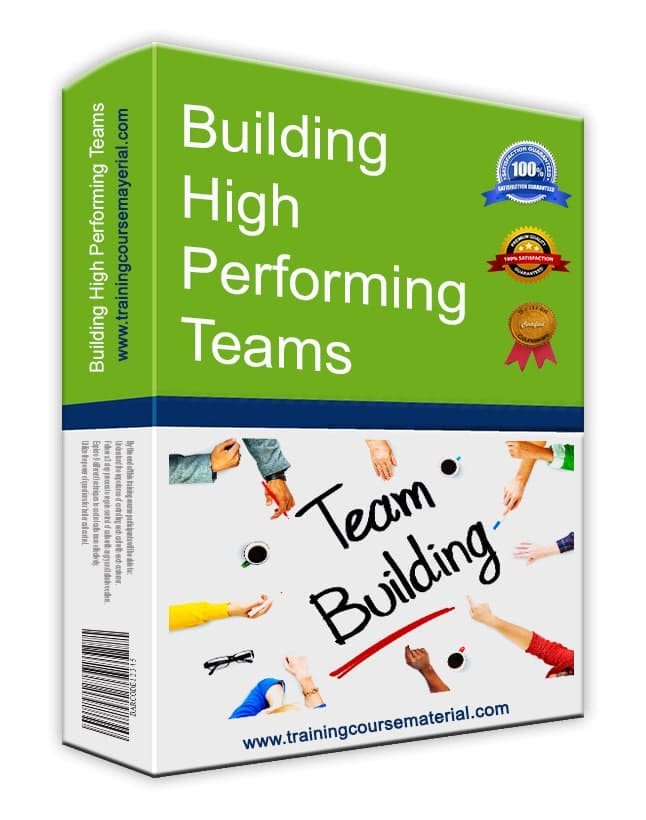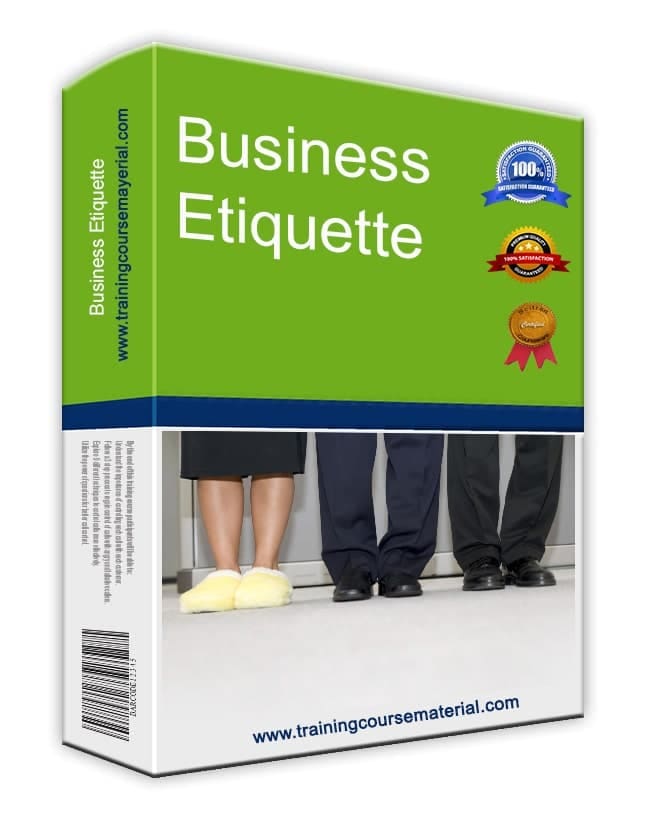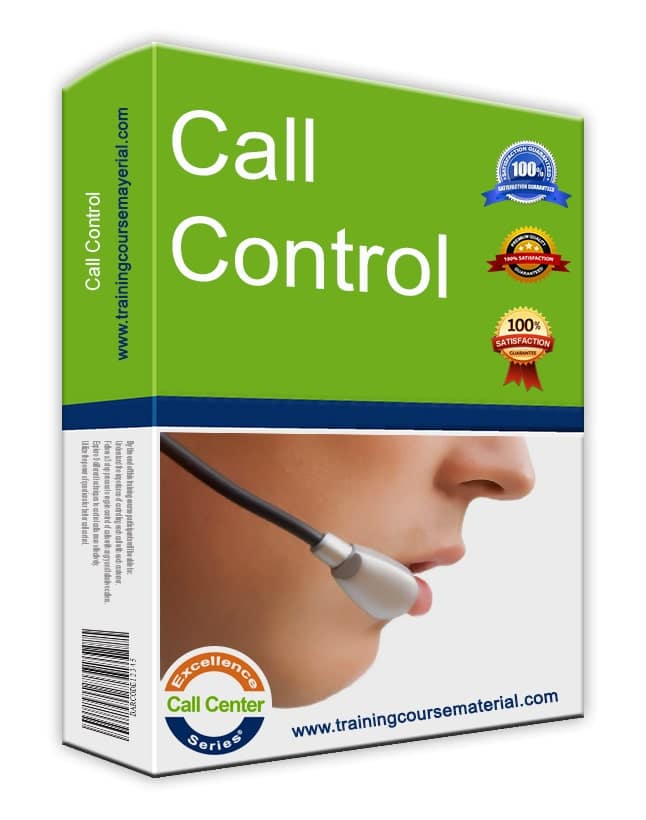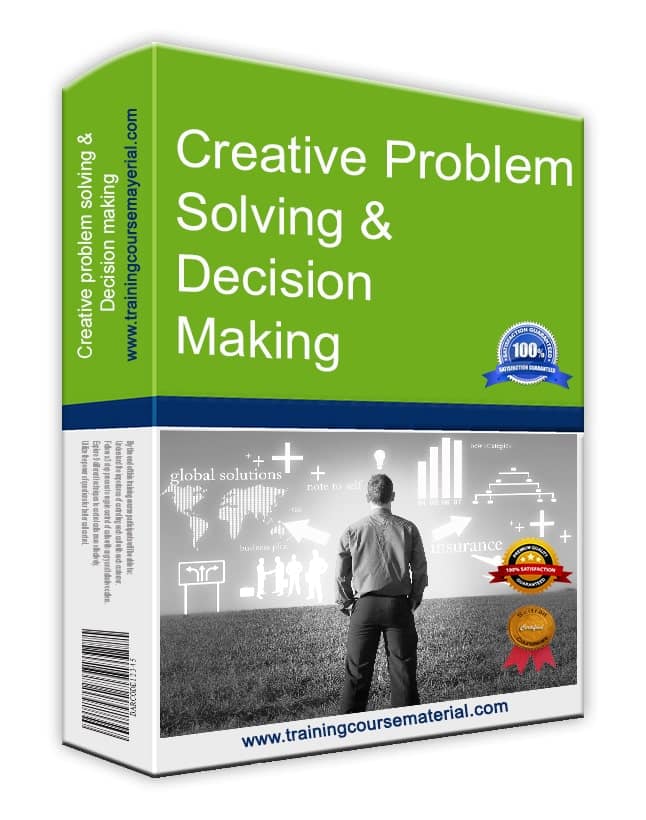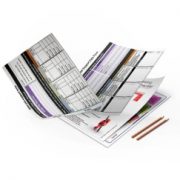By Training Course Material FZE ·
Originally published: 30 July 2021 ·
Last updated: 14 August 2025
Good feedback moves people forward. It’s clear, kind, and tied to the work. And it lands best when the learner talks first, the message stays specific, and you deliver it while the moment is still fresh.
1) Ask the learner first
Start with their take. It lowers defenses and tells you where to aim.
- “What felt strong?”
- “What would you change next time?”
- “Where would this help at work?”
Use their answers as your entry. If their view misses the goal, bridge gently: “You put in strong effort on X. The target was Y. Here’s one tweak to get closer to Y next time.” For formats that open any session well, see the first 30 minutes.
2) Be sincere (and balanced)
Empty praise doesn’t help. Point to evidence. Try a simple 2×2: two observed strengths + two specific suggestions.
Say this
“When you paused after the question, more people jumped in (four hands). Keep that. Next time, try naming the two options first to focus the answers.”
Not this
“Great job!!” or “That wasn’t good.” (Too vague to use.)
If the room is quiet or tense, borrow tactics from engaging shy participants to make feedback feel safer.
3) Be specific and actionable
Target the behavior, not the person. One reliable pattern is SBI→NT: Situation → Behavior → Impact → Next Time.
| SBI→NT script | Example |
|---|---|
| In [situation], I saw [behavior]. That led to [impact]. Next time, [one concrete action]. | “During the role‑play opener, you asked three questions back‑to‑back. People looked unsure. Next time, ask one, then wait five seconds.” |
Rubrics help you stay concrete. Grab quick ones or build your own in Free Assessment Tools and see related methods in assessing participants.
4) Be timely
Feedback sticks when it’s close to the work.
- In the moment for small behaviors (airtime, clarity) — one sentence is enough.
- Same day for bigger items — 5 minutes with notes and one example.
- Within a week for patterns — include samples and a short plan to practice.
Short on time? Protect room for feedback by tightening segments. See time control tactics. To reinforce later, try a fast review game or a 3‑item recall.
One‑page template (copy this)
Learner self‑check: What worked? What to change? Where will you use this?
Coach 2×2: Two strengths → Two suggestions.
SBI→NT: In [situation], I saw [behavior]. That led to [impact]. Next time, [action].
Follow‑up: one practice task + date to review.
Trainer’s micro‑checklist
- Ask first; listen fully.
- Point to evidence, not traits.
- Offer one clear “next time.”
- Schedule a quick follow‑up to see the change.
- Close with recall: “What will you do differently?”





